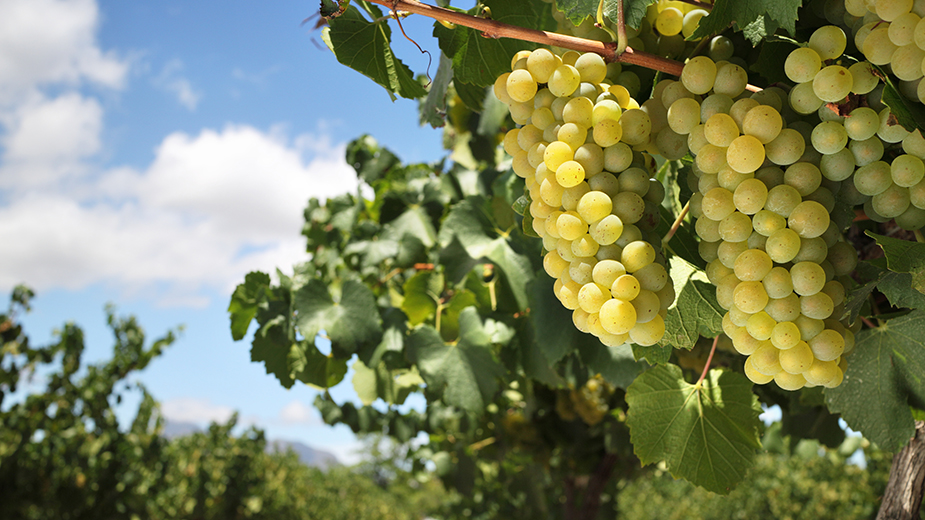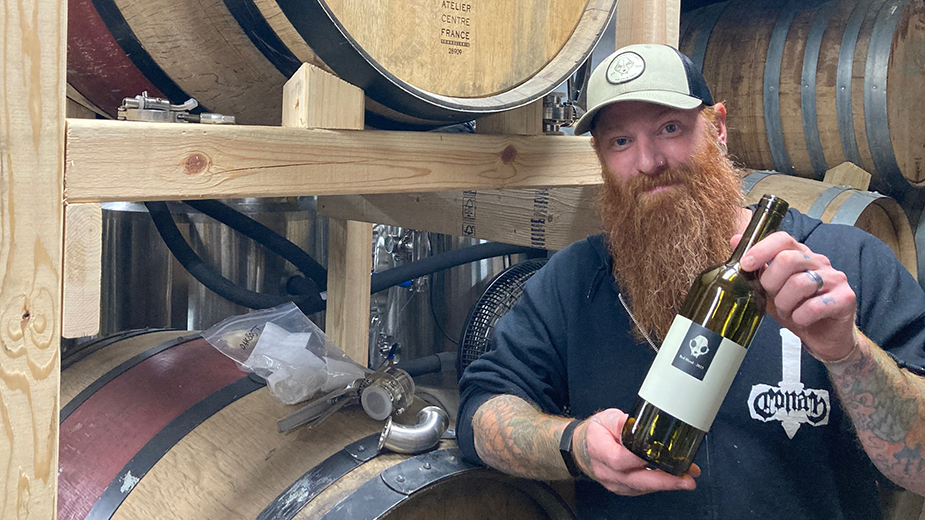Ohio’s Wine Reputation Is Increasingly Built on Chardonnay
By Donniella Winchell
Executive Director, Ohio Wine Producers Association
GENEVA, Ohio – As we enjoy the warm fall days on our decks, a well-chilled glass of white wine goes perfectly with a relaxing evening meal. Chardonnay is a wine of which this region is increasingly proud.
Around the world, chardonnay is recognized as the most noble of white wines. It is widely planted, capable of producing a broad range of wine styles and has almost universal appeal.
Chardonnay was one of the first “viniferas” (European style grapes) to be successfully grown in northern Ohio. While it is surely susceptible to injury from our uneven and rather harsh winter temperatures, it usually experiences less winter damage than more tender varieties like sauvignon blanc, merlot or pinot noir. It is, increasingly, one of the whites upon which Ohio will build an exceptional reputation.
The integrity of a wine producing region is based largely on its ability to grow the fruit from which local wines can be made. When pioneers like Arnie Esterer of Conneaut four decades ago illustrated that the variety could successfully be grown and yield wines of notable quality, many regional producers followed his lead.
Chardonnay vines take their name from a village in France near Macon and yield rather longish bunches with golden berries that are almost translucent when fully ripe. As finished wines, they very much reflect growing conditions and cellaring techniques used by each winemaker.
Every fine North American restaurant offers a plethora of chardonnay selections. Some cynics believe it became the country’s most popular white in the early ’80s because it has a name that is easy to pronounce. While there may be a grain of truth in that suggestion, a more plausible explanation is that chardonnay is truly a great grape which produces pleasant, interesting wines and complements many styles and varieties of cuisine.
While in the early ’80s, nearly all of the chards coming from our West Coast friends were heavy with oak, the varietals now available on retail shelves and restaurant lists offer a wide range of styles.
Some chardonnays are grown in heavy soils, fermented and aged in oak barrels for an extended period. The resulting wines are big, full of vanilla, heavy with oak and long lived. They tend to be more amber in color and require a more complex entrée to match its more intense flavor and aromatic components.
Other grapes are grown in light gravely soils, fermented in stainless steel and aged only for a few weeks or months in oak. Some never see any oak time. They are fresher, lighter, less complex with a “fruit up front” finish. Most “foodies” now prefer this style as the wines tend to match better with today’s modern cuisine. With flavors of apple, pear, citrus, peach, butter, honey, butter and vanilla, how could it not be widely accepted as an appealing food wine?
Typically, all chardonnays go through “malo-lactic” fermentation, a secondary fermentation designed to soften the tart malic acid (think Granny Smith apples) and convert it to softer lactic acid (think milk) sometime during their first year in a wine cellar. Regardless of vineyard and cellaring techniques used, most chardonnays age well, developing depth, complexity and interest in the bottle.
MORE: Visit our Uncork & Pour Ohio Wine webpage.
Copyright 2024 The Business Journal, Youngstown, Ohio.



